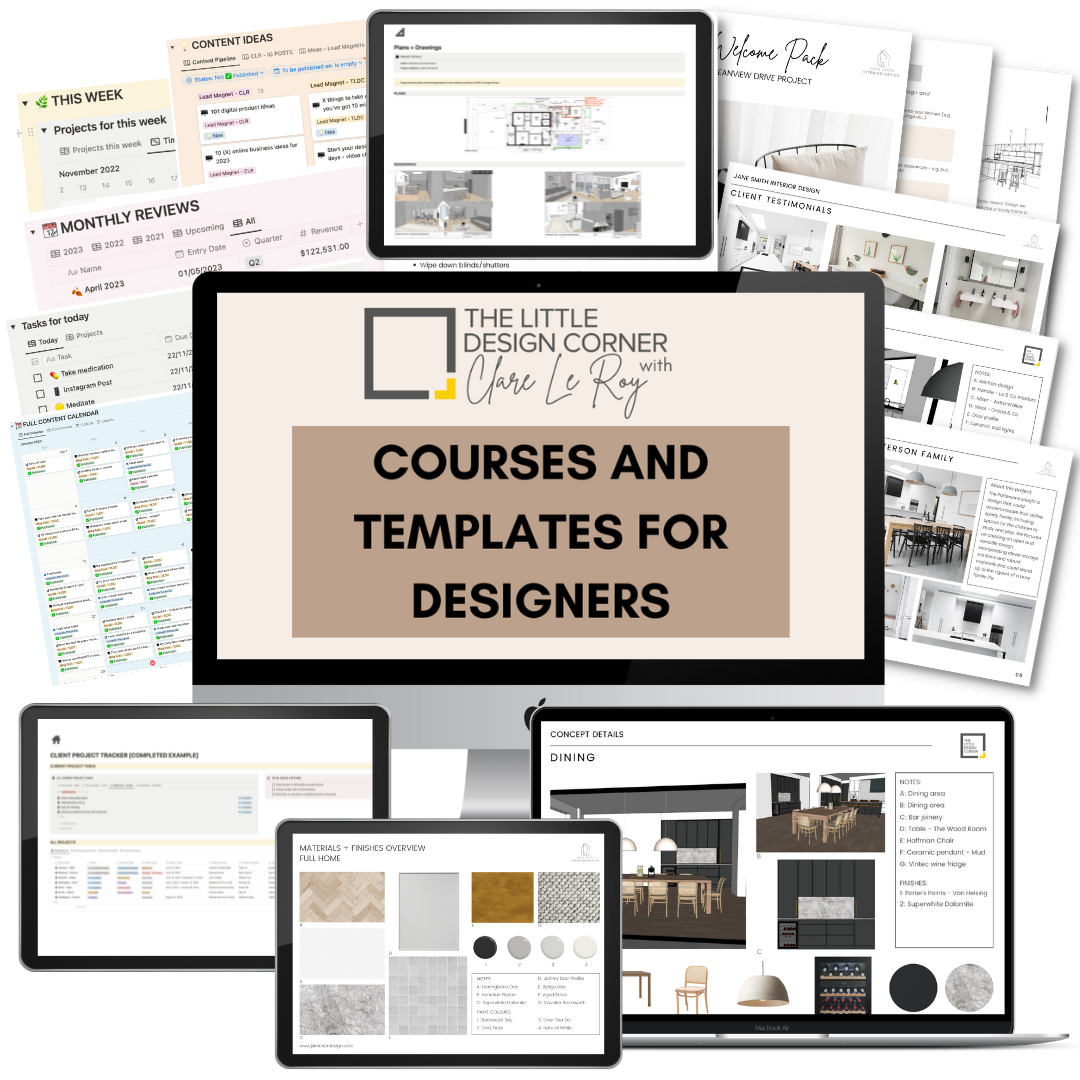5 mistakes designers make with their finances (and what to do instead)
As a designer you are working with clients on their most expensive asset (by far!).
If you aren't running a professional business then you shouldn't be offering professional services to others.
Here are 5 common mistakes I see designers making with regard to finances and accounting and some tips for what to do instead...
1: Record keeping
What I see:
No record keeping system in place - receipts all over the place, no way to find anything if needed.
What do do instead:
Create a system for organising your business records - e.g. where you will keep invoices, receipts, bank statements etc. Use traditional filing systems or digital tools like Dropbox. This is not only good business practice but it is also a legal requirement to keep hold of business records in case you are audited.
2: Bank accounts
What I see:
Using personal bank accounts for business activities
What do do instead:
Open a separate business bank account for your interior design business. Keep your personal and business transactions distinct. This separation will make it easier for you to manage your finances, monitor your business performance and prepare your taxes.
3: Accounting system
What I see:
Designers using excel spreadsheets (or worse, paper!) to track their business activities
What do do instead:
Use accounting software to help you manage your finances. There are many options available - e.g. MYOB, QuickBooks, FreshBooks or Xero. (I personally use Xero for those interested). These tools can help you automate bookkeeping tasks, track your expenses and generate financial statements.
Tip: get an accountant to help you set up your software and chart of accounts.
4: Monitoring finances
What I see:
No regular tracking of finances (= no idea whether the business is making money or not).
What do do instead:
Schedule a time each month to review your expenses, revenue, cash flow, P&L etc. By regularly monitoring your financial situation you'll be able to identify trends, make informed business decisions and address any financial issues before they become problematic.
As a business owner, if you don't understand basic book keeping or how to read financial statements - you need to learn!
5: DIY accounting work
What I see:
Designers not seeking the help of a professional early in their business
What do do instead:
Accounting and tax regulations can be complex. Hire an accountant or tax professional to help you set up your accounting system, provide professional financial advice and assist with tax planning. This will help ensure you're compliant with tax laws, making the most of available deductions and budgeting and planning for the future.
I get it - hiring professionals to help with business operations like accounting and legal is expensive.
But my strong opinion is that as designers we have a responsibility to be running our businesses professionally. If we aren’t setting ourselves up as a professional entity then we shouldn’t be offering professional services to others.
A solid accounting foundation is what will help set your design business up for long term success.
Putting aside some money when you start your business to set yourself up professionally is the way to show the world that you intend for your business to be a success and that you take what you’re doing seriously.
Don’t waste money on pretty logos and websites at the start - those things can come later - instead spend it on the stuff that matters, like professional accounting and proper legal documents.
Thanks for reading and catch you in my next post :)
Clare x
Dr Clare Le Roy
Courses and Templates for Designers and Architects
DO YOU WANT TO….
Improve your professionalism?
Find more clients?
Bring in more revenue?
Create better systems and processes?
Then check out my business courses and templates for designers and architects.
These courses and templates leave you with work done - not just a long list of things you need to do next. We have a really strong focus on taking action and getting things created that improve your business.








